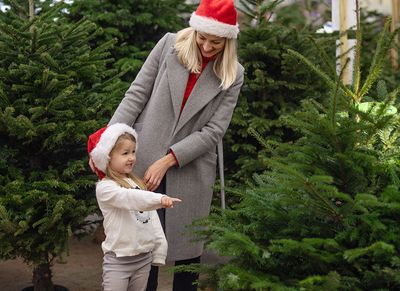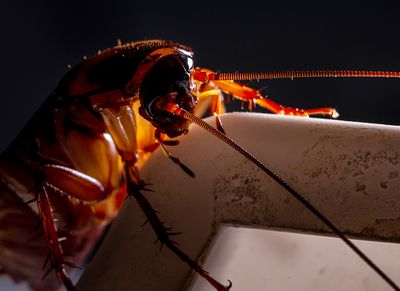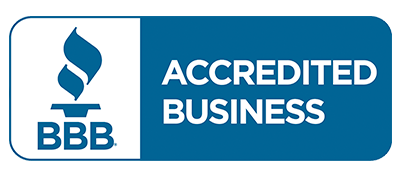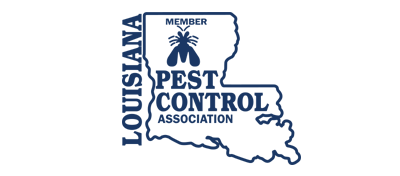What do rover ants look like?
Rover ants come in various colors; most are black or dark brown, while some are blonde. These ants have two antennae, six legs, and three distinct body parts. In a rover ant colony, there are workers and reproductives. The workers are about 1/16 of an inch long and uniform in size, while the reproductives are about ⅛ of an inch. Some of the reproductives develop wings and swarm together for mating.
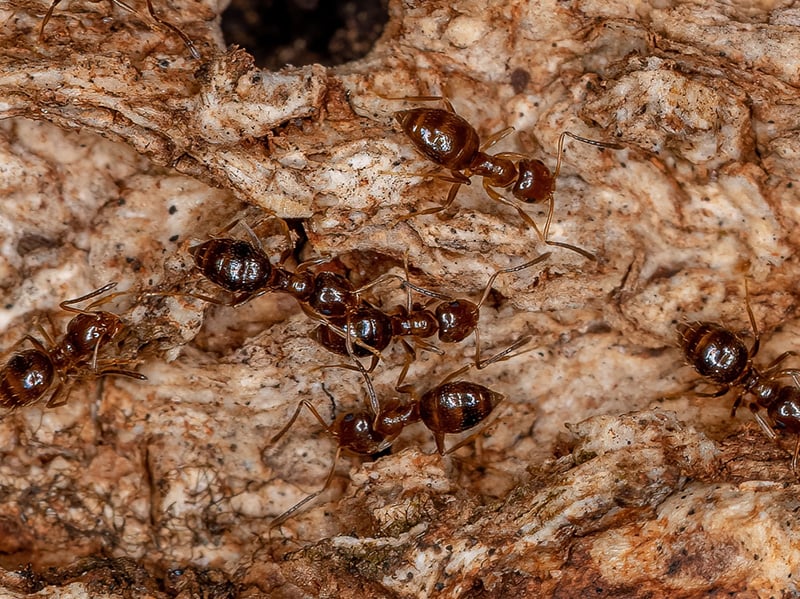
When are rover ants most active?
What do rover ants eat?
These ants consume a wide range of food sources. In their natural habitat, they primarily feed on nectar, honeydew, and other sugary substances. They also consume insects, arthropods, and some invertebrates. When they infiltrate human-made buildings, they tend to invade kitchens and storage areas to scavenge for food, including decaying organic matter on floors, counters, and shelves.
Are rover ants dangerous?
These insects pose a low health risk to humans. Although they may enter trash cans and pick up germs, they are not highly effective at spreading human diseases.
How do rover ants start new colonies?
The queen resides in the center of her nest, where she produces worker ants. These worker ants venture out to search for food, which is then brought back to the colony and fed to the larvae. The larvae, in turn, produce a nutrient for the workers. As more food is brought back, the colony expands. When the population grows too large for the available food resources, some ants develop wings and embark on a nuptial flight. After mating, the winged ants shed their wings, and the fertilized females establish new colonies, thus initiating the cycle anew.
Where do rover ants nest?
You'll find these ants nesting in many places, both outdoors and indoors. Let's start with some of the locations you'll find them in your yard.
- Soil
These ants excavate soil and create galleries in which to make their nests. They prefer soil that is not compacted as it is easier to tunnel through. - Wood
While rover ants don't tunnel in wood like carpenter ants do, they often make nests in the cavities of logs and stumps. - Stones
Rover ants often create nests underneath stones, pavers, and walkways. The hard material provides protection. - Plants
When rover ants get into homes, they often create a nest is in the soil of potted plants. - Walls
Rover ants treat your walls as they do logs and stumps. If they find a cavity, they can develop a nest in it.
Rover ants bring soil into homes to create nests. If you find a wall cavity with soil in it, or soil leaking out of a baseboard, you may have a rover ant infestation.
Why do I have a rover ant problem?
These ants spread somewhat indiscriminately. The winged ants don't have much control over where they end up nesting. Many die on hot tar and concrete. If you're having a rover ant problem, it is likely due to conducive conditions, such as soft soil or wood for nest building or the availability of honeydew as a food source. If you have an indoor problem, you likely have entry points and a lack of exterior pest control.
How do you get rid of rover ants?
If you've developed a rover ant problem in Shreveport, Bossier City, or elsewhere in Bossier, Caddo, or DeSoto Parishes, contact Anti-Pest for help. Our locally owned and family-operated pest control company has been helping property owners exterminate ants for more than 70 years and has the experience, knowledge, and equipment to take care of these pests!
How do you prevent rover ant infestations?
The best way to prevent rover ants from infesting your home or business is to make sure they can't get inside. Here are a few tips to help you accomplish that:
- Seal all cracks, gaps, and openings on the exterior.
- Install or replace weather stripping around doors.
- Cover vents and chimneys.
- Fix leaky faucets and other plumbing issues.
- Reduce humidity and moisture levels indoors.
- Keep vegetation trimmed back.
- Remove dead branches, leaves, and other organic debris from your yard.
- Use mulch sparingly and not too close to the foundation.
We also recommend storing food properly indoors, keeping the kitchen clean, and making sure ants can't get into your trash can.

Testimonials


Our Services
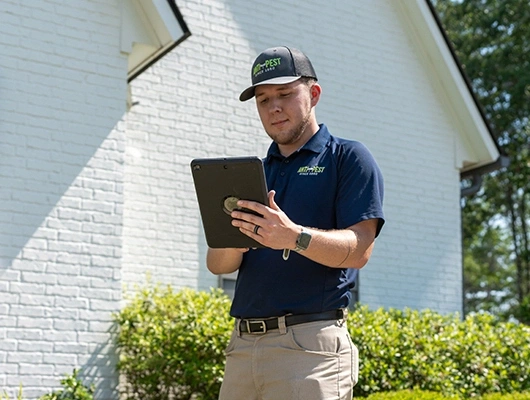
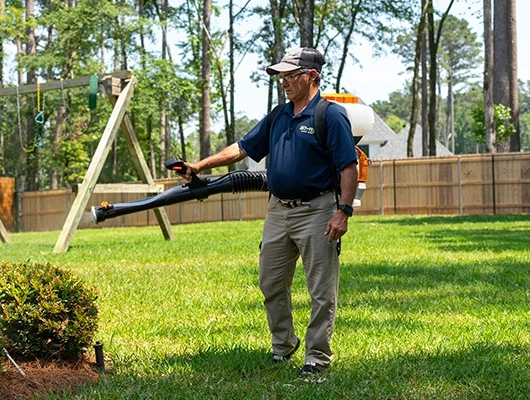
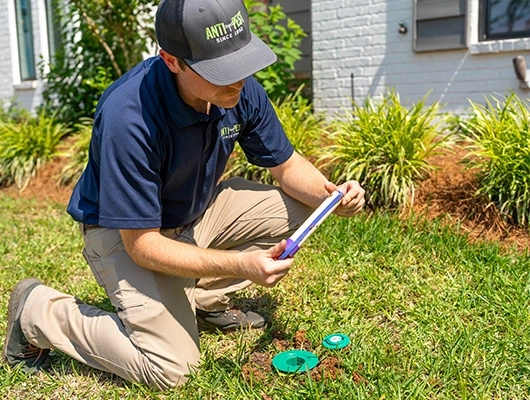

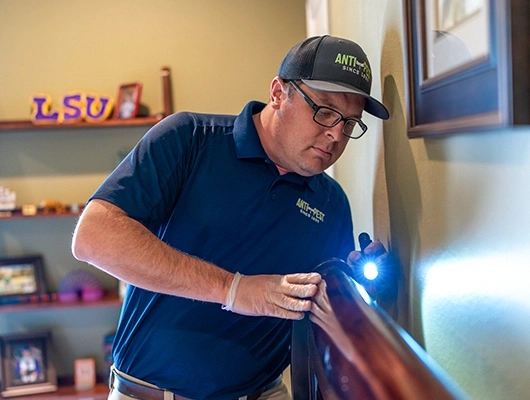
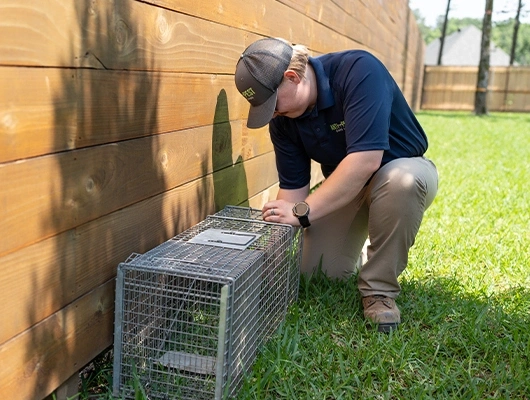
News, Blogs, & Articles
Anti-Pest Blog

